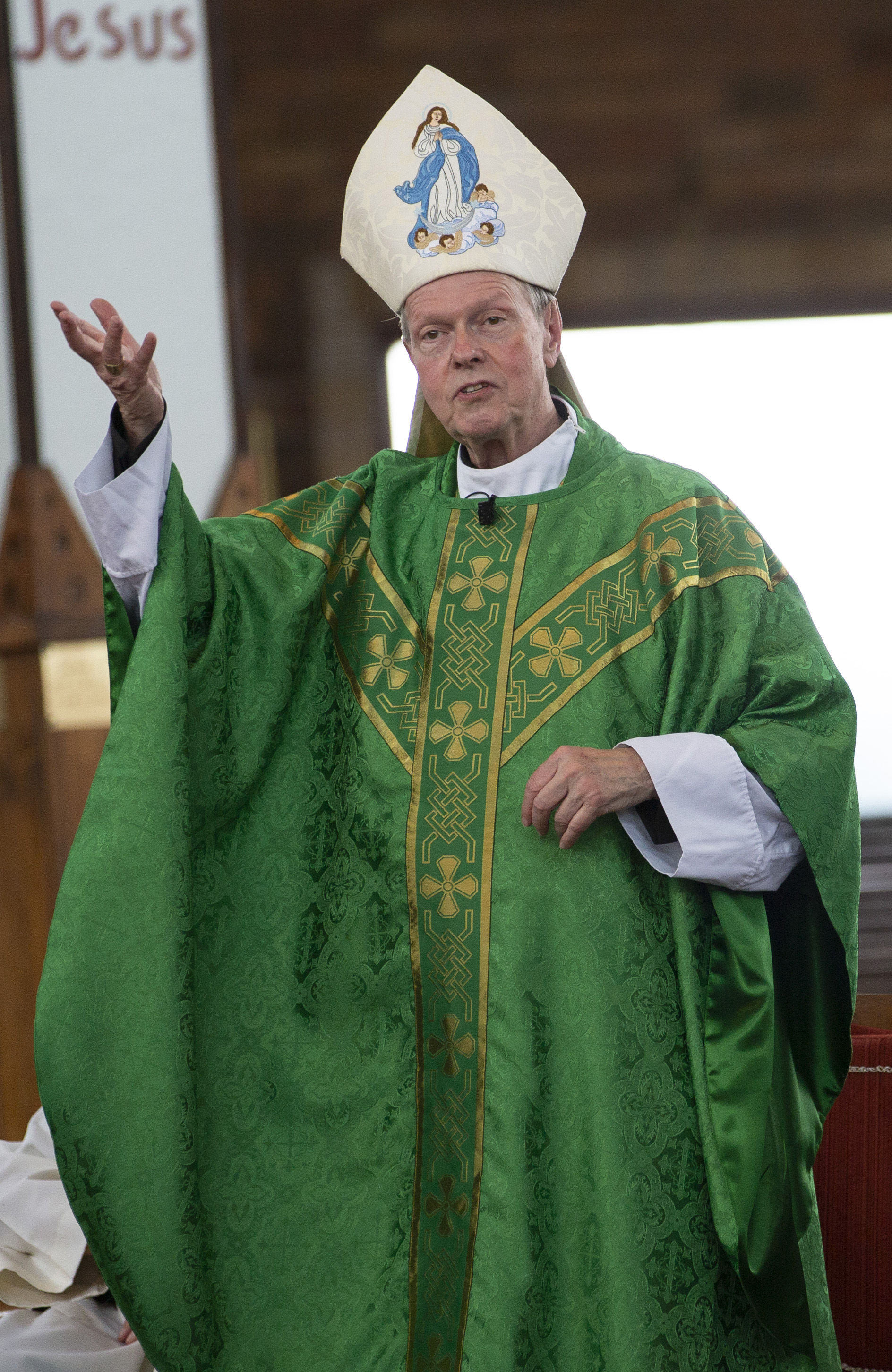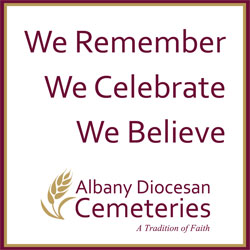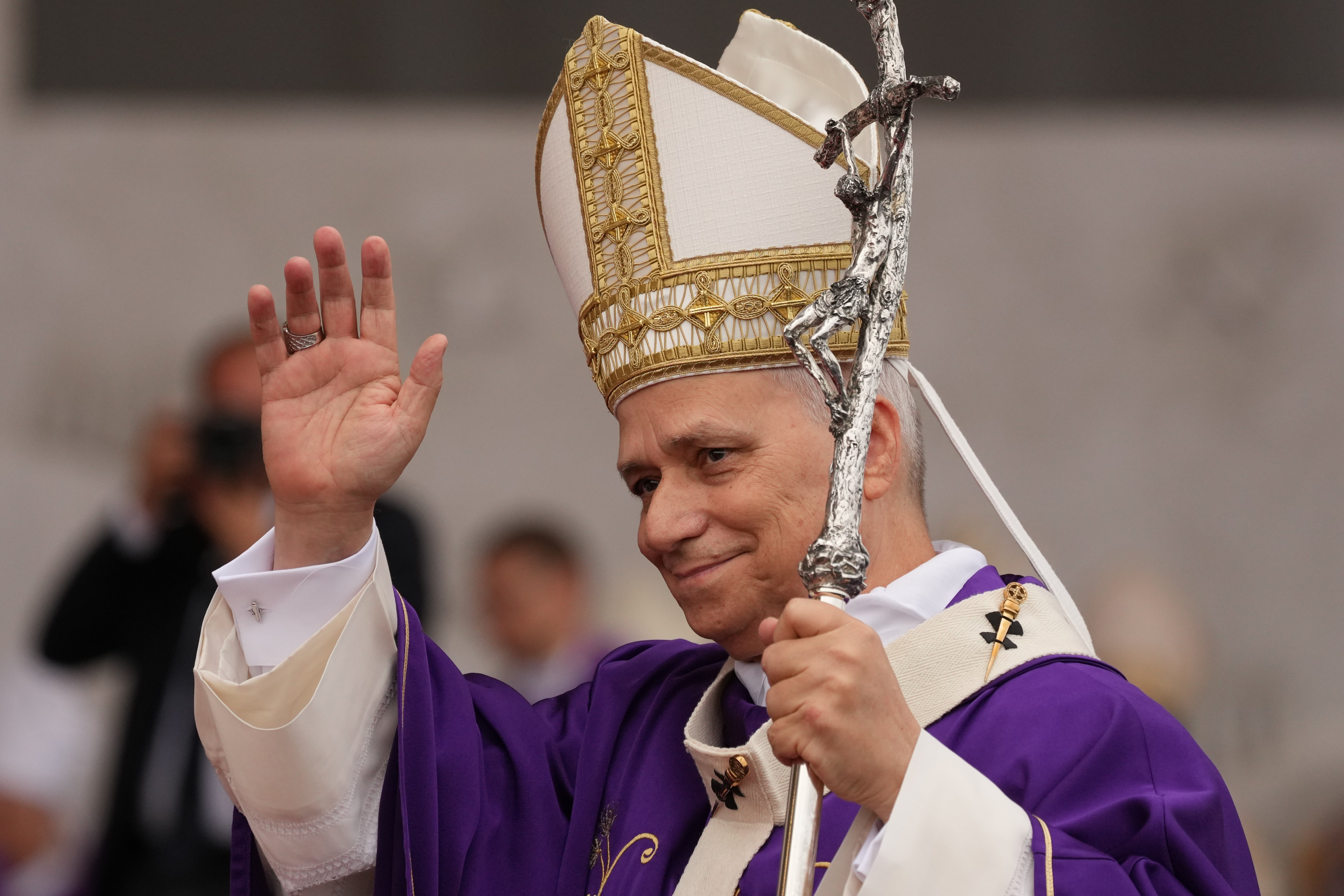March 3, 2021 at 6:45 p.m.
Each Sunday in Lent, our readings have been carefully chosen to act as markers or signposts, so as to guide us on our journey through the holy season. First, we heard about how Jesus’ temptations in the desert can help us, as we make a special effort to face our demons and overcome temptation during Lent. Last week, the Gospel told us about his transfiguration on the mountain and how this is a revelation of Jesus’ divine nature; as well as an invitation for us to be transfigured or transformed by God’s love.
This sense of “signposts” continues with our readings this weekend. In the First Reading (Exodus 20:1-17), we hear again of that defining moment when God gives the people the commandments. The commandments are like boundary markers and are to give directions, so that the people may journey well toward God. The psalm (Psalm 19) sings of how God’s law is indeed perfect; guiding and refreshing us and giving wisdom. In the Second Reading (1 Corinthians 1:22-25), St. Paul reminds us of the signpost or guide: Christ crucified. Sadly, for some, Christ is not the guide, but rather a stumbling block, or foolishness.
However, our Gospel for the Third Sunday in our Lenten journey (John 2:13-25) can come as something of a shock to us. It is not the usual picture of the “gentle Jesus.” Jesus drives out the money changers from the temple, and with some considerable force! People at the time of Jesus would also have been scandalized. The money changers were there to exchange the usual coins for a special currency that was used only in the temple. Those who were selling animals were doing so to provide offerings and sacrifices for the temple worship. Both the money changers and those selling animals were therefore part and parcel of everyday life in the temple. So, why all the drama and why was our Lord so moved and angry at this “normal” scene in the temple area?
Our Gospel tells us why and, as usual, also provides us with spiritual insights to help us. Jesus could see that people had rather lost the plot. All the exchange of money and animals had become an end in itself and the real reasons and purposes for doing all this had been all but lost; namely to give honor and glory to God. There was a danger that the Temple, the sacred place in Jerusalem, had become instead just another place or building, rather than a living sign of God’s presence among His people. In fact, it had become, to quote Jesus’ words, a “marketplace.”
There is also another important layer in our Gospel drama. Jesus also provides his listeners with a prophecy about his soon-to-come suffering, death and resurrection: “… destroy this temple and in three days I will raise it up.” This, of course, makes us think of Good Friday and then of Easter Sunday. Jesus is the temple. We might also say that Jesus, and not animals, becomes the new sacrifice and that He is the new currency and exchange.
So far so good; but how can this Gospel help us further as we continue our Lenten journey in earnest? Perhaps we can take with us the image of the Temple in Jerusalem. St. Paul (1 Corinthians 6:19) reminds us that our bodies are temples of the Holy Spirit, for we are made in the image and likeness of God and God dwells in us. The obvious question then is what sort of temple are we? We might say that Lent is a time to renovate the temple that is us, especially if it has become a bit jaded or full of clutter and junk spiritually speaking. In other words, Lent is a time to do some serious spiritual spring cleaning of our hearts and souls. The sacrament of reconciliation is a wonderful way of doing this. Similarly, just as the Temple in Jerusalem was meant to be a very visible and living sign of God’s presence among His people, so too are we meant to be living stones or signs of that same presence to others.
During Lent we are asked to focus in a special way on the three pillars of Lent: acts of charity, fasting and prayer (all three note … not just one!). So, in our acts of charity we can try, with God’s help, to be real signs of God’s loving presence in the world. When we fast, it can be a way of making sure that the temple that is our body is not just obsessed with food: we also need to feed the spirit and soul. Fasting can also remind us of those who have little food each day out of necessity. Our prayer can be a way of re-consecrating ourselves to God and to make sure that we do not “lose the plot” spiritually speaking.
- Linger in contemplation at the manger with the Holy Family
- Across the world, Christmas shines even — and especially — in the darkest places
- Full text: Pope Leo XIV’s ‘urbi at orbi’ message
- Full text: Pope Leo’s homily on Christmas Day
- Open your hearts to baby Jesus and one another, pope says on Christmas
- Scripture series by popular Catholic speaker offers deep dive into the person of Jesus
- To turn away others is to turn away God, pope says on Christmas Eve
- Arriving at the manger with Caryll Houselander
- Barrett discusses Dobbs decision, Roe’s ‘flawed’ reasoning, life at the court, her faith
- Bishop: To welcome immigrants is to follow God’s ‘divine command’ to care for the stranger








Comments:
You must login to comment.